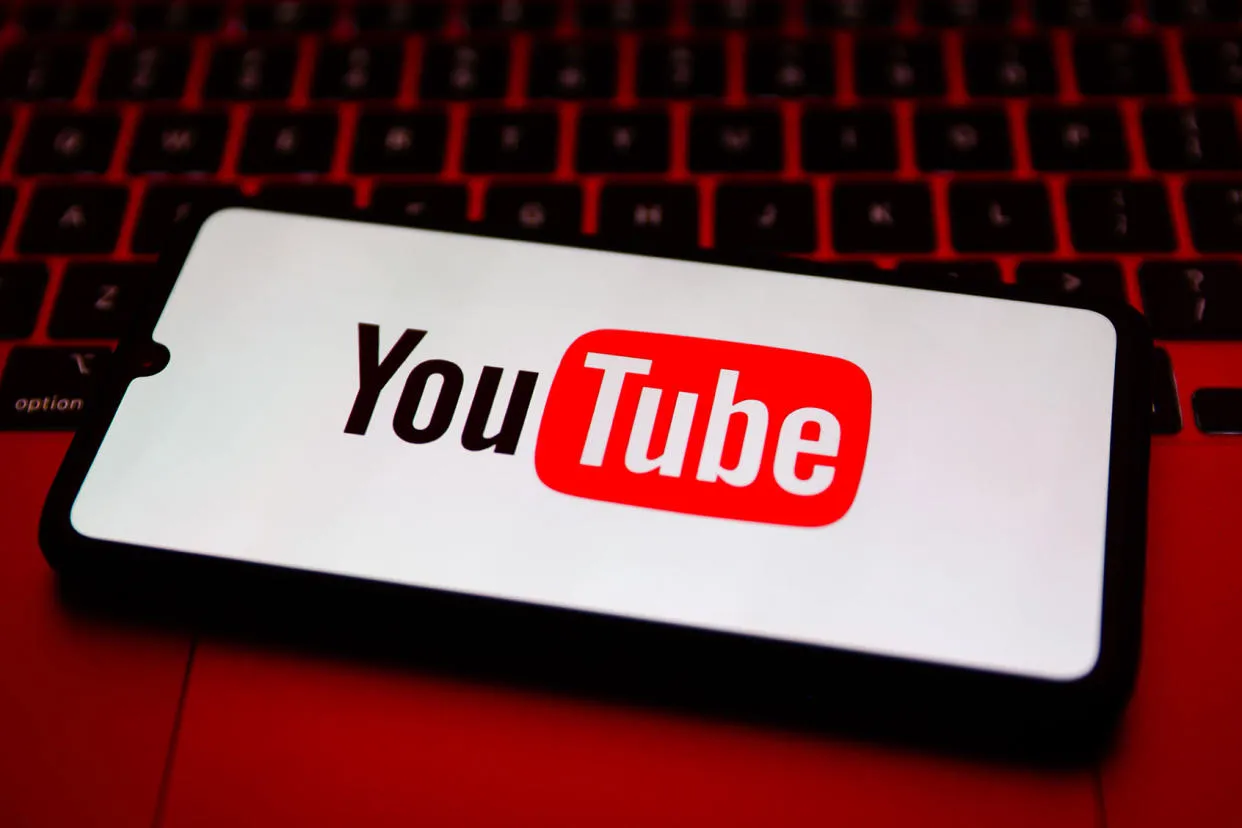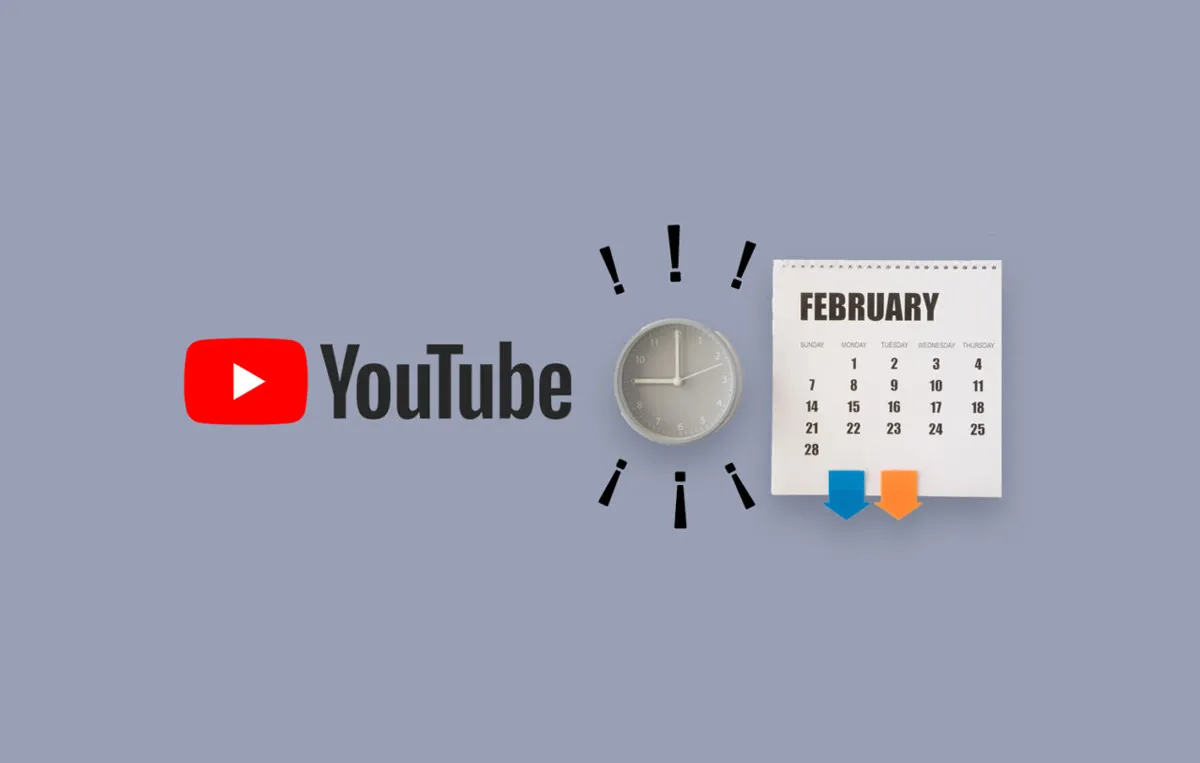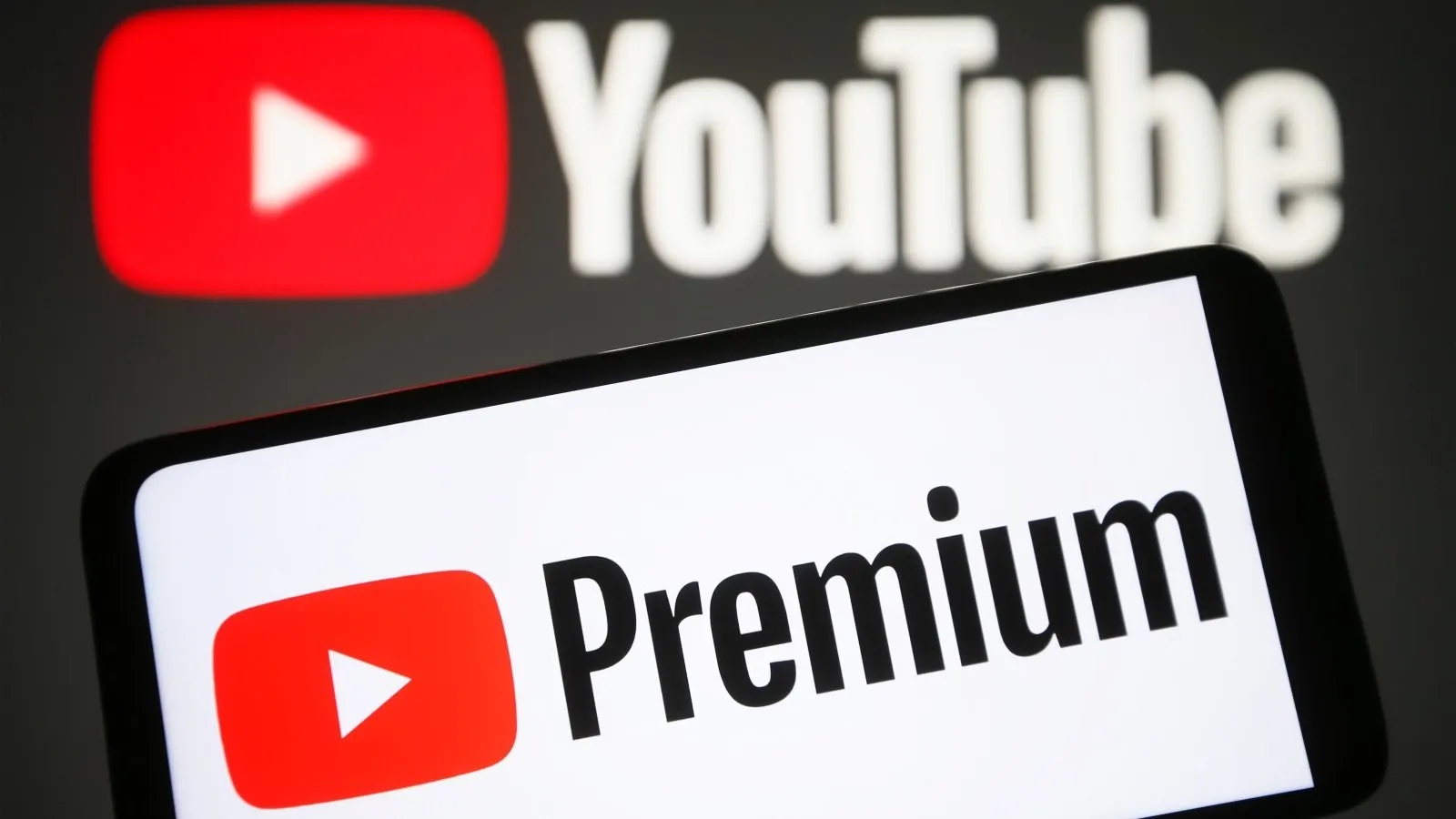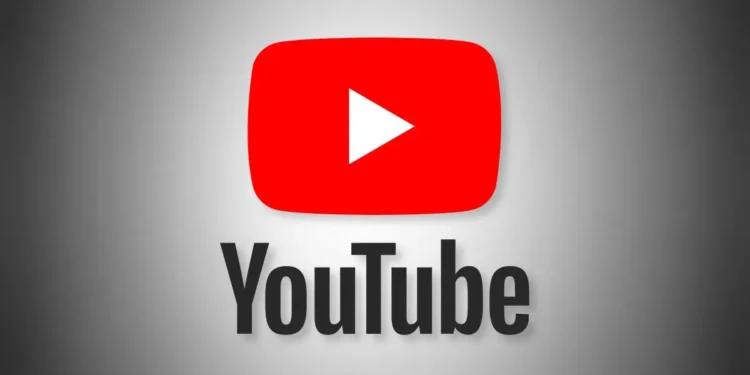Ethan Zuckerman’s innovative research method, likened to a teenager’s prank calling spree, involved “guessing” random YouTube video URLs. This method “drunk dialed” the platform with the help of a program developed to generate and test these URLs. After more than 18 trillion attempts, the team uncovered just over 10,000 real videos—a testament to the sheer volume of content hidden behind YouTube’s algorithmic curtains.

This “needle in a haystack” approach highlights not just the enormity of YouTube’s database but also the inefficiency of reaching content without direct links or algorithmic promotion. The median video on YouTube garners a mere 41 views, and a staggering 4% of videos have never been watched at all. This paints a stark picture of digital obscurity faced by the majority of uploads.
A Vast but Silent Digital Archive
As of mid-2024, YouTube is estimated to house nearly 15 billion videos. This number positions YouTube not just as a platform for video sharing but as a colossal digital archive where the majority of the content remains unseen and unappreciated. Despite YouTube’s portrayal as a launchpad for aspiring creators, the reality is that most videos receive little to no attention—74% have no comments, and 89% have no likes.

YouTube’s initial mission to let ordinary people “broadcast yourself” has shifted dramatically. The platform now focuses more on monetizing content and promoting a smaller subset of highly polished and advertiser-friendly videos. YouTube CEO Neal Mohan’s recent comments about YouTubers as the “startups of Hollywood” seem to contrast sharply with the platform’s vast array of content that resembles more personal expressions akin to the camcorder days than professional productions.
The Implications of YouTube’s Hidden Figures
This research not only sheds light on the overlooked majority of YouTube videos but also raises questions about the platform’s role as a digital infrastructure rather than merely an entertainment hub. The findings suggest that YouTube, while enabling some to build lucrative careers, largely serves as a repository for personal memories and experimental content.
Ryan McGrady, a senior researcher on Zuckerman’s team, emphasizes that the narrative surrounding YouTube often overlooks its role as a form of digital infrastructure. With only 0.21% of sampled videos including any form of sponsorship or advertising and minimal professional editing, the platform serves more as a cultural archive than a stepping stone to fame.

The vast landscape of YouTube, filled with billions of overlooked videos, offers a unique reflection on digital culture’s evolution. While the platform continues to promote and benefit from high-profile content creators, the majority of YouTube’s library remains in the shadows, mirroring the early days of internet video sharing where personal expression was the norm rather than the exception.










